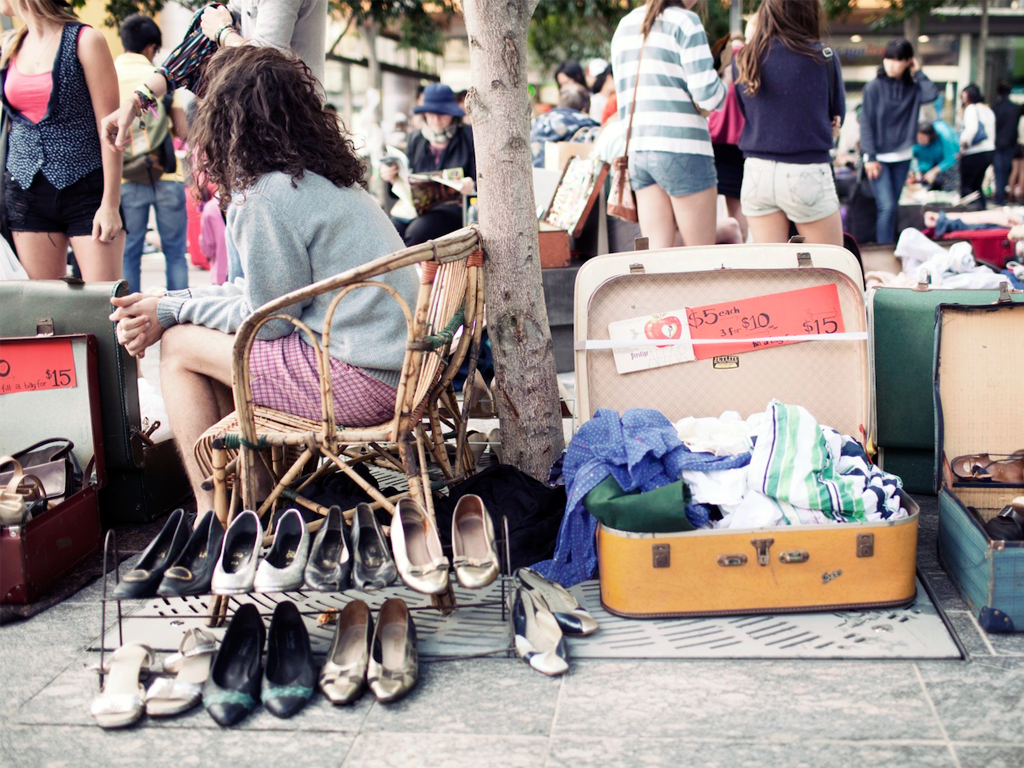Exploring the Factors Behind the Boom in the Second-Hand Market

The rise of the second-hand market is a direct response to the increasing cost of living and consumers’ search for more affordable alternatives. With high inflation rates and matching interest rates, it’s no surprise that second-hand shopping has experienced a significant surge.
Generation Z, who typically have less disposable income, has been at the forefront of this trend. Research conducted in 2022 indicates that this demographic is particularly inclined towards second-hand shopping.
However, thriftiness is not the sole driver of this trend; environmental considerations also play a role. Manufacturing new products generates emissions that could have otherwise been avoided. Additionally, certain products can cause environmental and social damage beyond greenhouse gas emissions. Opting for second-hand items often aligns with both frugality and environmentally-friendly choices.

Despite assumptions that big brands may oppose this shift since it reduces new sales, many are embracing the used market. This is largely driven by their desire to align with the values of Generation Z, recognizing them as the future customer base. Moreover, concerns about second-hand sales cannibalizing primary ones are overstated, particularly for premium quality products like wristwatches and high-end jewelry that already have limited supply.
The growth of second-hand digital sales, accelerated by the Covid-19 pandemic, presents an opportunity for brands to shape the market’s future. Platforms such as eBay, Facebook, Gumtree, and Vinted have witnessed a surge in popularity. These dedicated apps make buying and selling easier, with younger people favoring these channels. Competition in this space is fierce, with emerging disruptors successfully challenging established giants by focusing on specific niches and forming associations with them. Niche-focused online vendors and applications may be worth exploring for specialized items.
In conclusion, the boom in the second-hand market stems from a combination of economic necessity, environmental consciousness, and a shift in consumer values towards individuality and sustainability. With technology facilitating the buying and selling of used goods, and consumers increasingly prioritizing value and sustainability, the second-hand market is likely to continue its upward trajectory. This shift represents a significant change in our consumer culture, suggesting that the future of retail may lie in embracing the benefits of “pre-loved” items.


